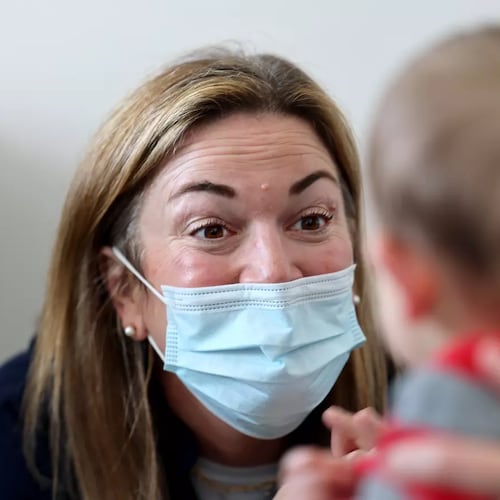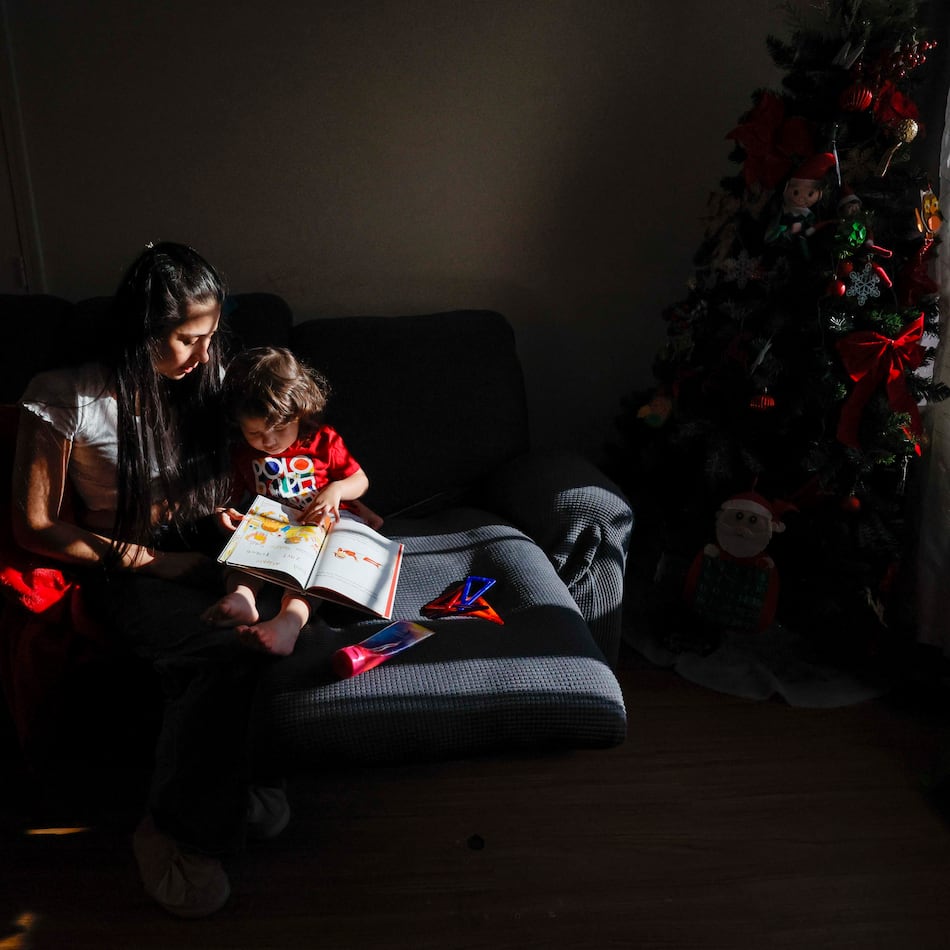Studies have found that exercise, even low-intensity activity, can lower the risk of dying from cancer. A new study suggests the time of day you exercise could affect risk of getting cancer.
High levels of physical activity of any intensity, whether washing dishes or jogging, can lower the risk of an early death for middle-aged and older people, an April study suggested.
A study published recently in the International Journal of Cancer adds to previous findings.
Researchers analyzed data from 2,795 participants who were part of the Spanish multicase control study (MCC-Spain) from 2008 to 2013. MCC-Spain is a population-based study on the common tumors found in Spain. The participants were interviewed in order to determine their household physical activity and their lifetime recreational activities.
The researchers identified a group of 781 women with breast cancer and 865 female controls, and a group of 504 men with prostate cancer and 645 male controls. Both groups responded to a questionnaire relating to their physical activities and gave data on the timing and frequency of their exercises.
The study found that exercising 8-10 a.m. showed the highest benefit in reducing the risk of both breast and prostate cancers.
Using a model they created, the scientists determined the risk of developing breast cancer was 25% lower in those who exercised early, compared to women who didn’t exercise at all. Men who exercised during the same time showed a 27% reduced risk of developing prostate cancer as compared to those who didn’t exercise.
The researchers also found that men who exercised 7-10 p.m. had a 25% lower risk of developing prostate cancer. No benefits from evening activity were seen in the group of women.
“Overall our findings indicate that time of the day of physical activity is an important aspect of physical activity that may potentiate the protective effect of physical activity on cancer risk,” the researchers wrote. “The effect of timing of physical activity on cancer risk should be examined in future research with a more detailed assessment of activity patterns, also including occupational activity.”
About the Author
Keep Reading
The Latest
Featured


